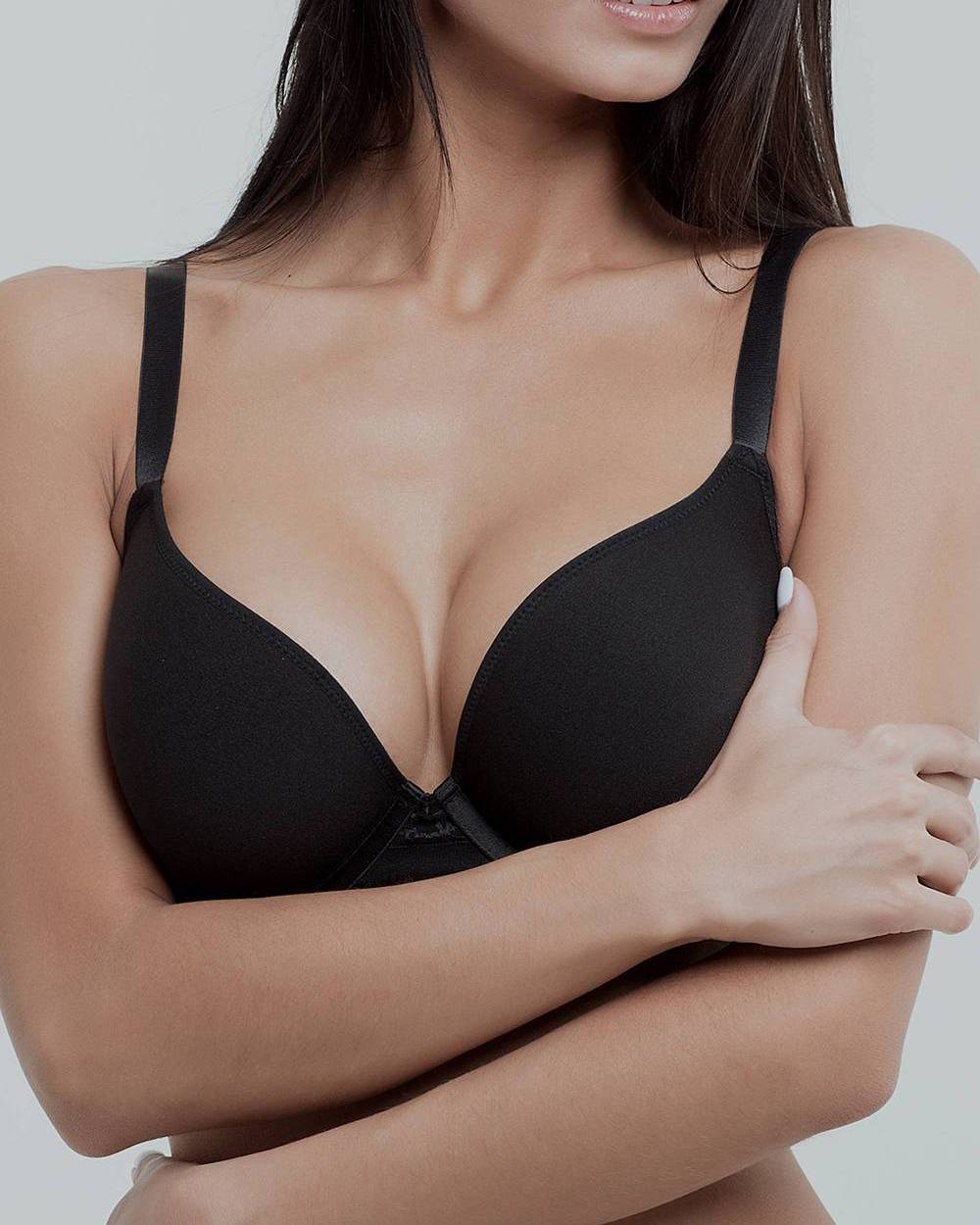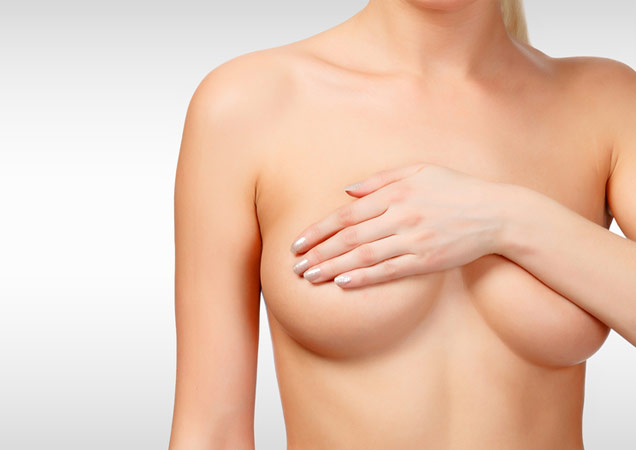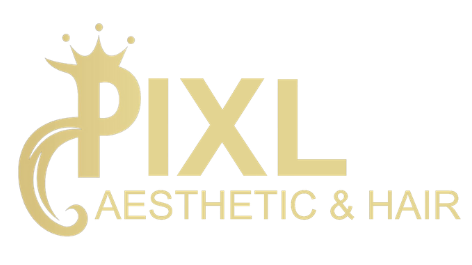


Breast Augmentation in Turkey
Breast augmentation in turkey is a surgical procedure to enhance a small breast. For some women, a sexy breast look is essential for self-esteem. Breast augmentation surgery will improve your body and make them feel more confident. There are many techniques for breast augmentation, including breast implant and fat transfer.
It has been a miraculous solution for the women who are not satisfied by the appearance of their breasts. The psychologists have proven that if you do not like something about your own looks, this may lower your self-esteem.
That is why the women who had a breast augmentation surgery mention that it changed their lives dramatically. They say that the way they see themselves, their confidence and morale has improved significantly.
Breast Augmentation Animation
GET QUOTE IN 3 MINUTES
You can get a free analysis in under 3 minutes with our online assistant

Incision For Breast Augmentation
There are three standard incisions to insert the breast implants as follows;
1. The periareolar incision is an incision at the junction of the pigmented areolar skin and the natural breast skin. The incision for aesthetic surgery, but pass through the milk duct. The surgeon requires the incision1/3 of areolar. The advantage of this incision is the incision scar place on the border of pigmented skin that can camouflage.
2.Trans- axillary incision, which made in the under armpits, A 4-5 cm. The incision in a natural skin crease in the underarm area is used to create a submuscular pocket for the breast implant placement. This technique can lead the implant will be a little high, because it is hard to put the implant to the area the expected. The scar will be visible when raising the arms.
3. Inframammary incision. This area is the most common procedure 5-6 cm incisions for a breast implant, the inframammary crease incision at the base of the breast. This incision allows the most direct access to the submuscular or sub-glandular plane and avoids dissection through the milk ducts around the nipple. It is often an incision to require for the breast implant revision surgery. The scar will be visible.
Testimonial
Breast Implant Material
There are two basic types of breast implants; Saline and silicone gel, which need Food and Drug Administration approved (FDA approved).
- Saline –Filled implant s are silicone shells filled with saline. The saline implant is filled with saline during breast implant surgery.
- Silicone gel-filled implants are silicone shells filled with silicone. The gel implant feels more like real breasts than saline. They pose more of a risk if it leaks.
Both saline and silicone come in different sizes and have either smooth and textured shells. So please consult the broad certified plastic surgeon
The positioning of a Breast Implant.
We offer three positionings for placement of breast implants as follows;
- Subglandular pocket
- Submuscular pocket
- Biplanar pocket, Dual plane

Breast Augmentation Post-Op Instructions
Frequently Asked Questions
Will breast augmentation increase my risk of breast cancer?
This is one of the most frequently asked questions by women considering this surgery. Many studies have shown that women who get implants are not at an increased risk for getting breast cancer. In addition, implants do not delay the detection of breast cancer. Numerous studies, as well as evidence from the National Cancer Institute, show that having implants does not hinder the patient or their physician in finding breast tumors. Finally, breast implant patients who do get breast cancer have the same chance of obtaining remission, or being free of cancer for 5 years, as women without implants.
Am I too old for the surgery?
Many women in their 40s and 50s have undergone breast augmentation surgery with good results. The most common patient for this surgery is a woman in her 30s with two children who has been considering this operation for many years. Whatever your stage in life, we encourage you to schedule a consultation to find the best path toward your cosmetic goals.
Should I wait until I am done having children to have augmentation?
Pregnancy will change the size and shape of a woman’s breasts whether she has implants or not. These changes may adversely affect the cosmetic appearance of any augmented breast. It is usually recommended that pregnancy be postponed until 6 months after the surgery. Breast-feeding with implants is still possible and has been shown to be safe for the baby and the mother.
Will augmentation work for me if I feel my breasts are sagging?
Women with sagging breasts, which is called “ptosis”, can also receive breast implants. Depending on how much the breast sags, an additional surgery may also be necessary. For breasts with nipples that droop below the lower crease of the breast, a breast lift surgery, or mastoplexy, is often required as well. This surgery will also add scars all the way around the nipple-areola unlike most breast augmentation surgeries. Without this additional surgery to remove excess skin, placement of the implant may not adequately correct the sagging.
How do I choose my new size?
This is often one of the most difficult decisions, and for many reasons, has the most potential for disappointment. During your consultation, your plastic surgeon will work with you to identify what size of breast you desire from augmentation. “Breast size” as measured by bra-size is variable and is often not a good way to measure final size. As a general rule, every 125-150cc of implant volume equals an increase in a single cup size. However, every patient’s body is different. By working with your surgeon and their clinical team, you can set obtainable and healthy expectations together. It is helpful for you to bring in a bra the size you would like to be to help in finding the right sized implant for you.
Will my nipple sensation or feeling change?
Most women will have loss of some feeling or sensation following breast augmentation surgery. For most of them, this lasts 6-12 months before returning to normal. 15% of women, however, have permanent alterations in nipple sensation.
How long until I can exercise?
It is recommended that patients begin walking immediately after surgery. However, women should not perform any intense physical exercise for six weeks following the operation. Physical exercise including weight lifting, biking, jogging, and other forms of intense activities may cause implants to shift position or cause wound healing problems that may alter the appearance of the breasts after surgery.
When can I return to work?
This depends on your job and its physical demands. Some general guidelines are: Upper arm movements, like reaching, should be avoided for the first 1-2 weeks. Lifting anything heavier than 5 pounds should be avoided for 6 weeks after the operation. This lifting restriction may prevent some women from returning to work.
How much pain can I expect?
The pain from breast augmentation surgery is usually in the moderate range and generally can be well controlled with medication in the first 1-2 weeks following the surgery. It is important to note that severe or untreatable pain following surgery can mean infection or another complication.
When can I drive?
Women may start driving a car one week after surgery as long as they are not taking any pain medications.
Will the new implants affect my physical functioning, can I lift heavy objects?
It is unlikely that you will experience long term changes in physical functioning. Depending on the size of the implant, most women find no trouble performing most physical activities following the surgery. Weight lifting or lifting heavy objects will not affect the implant once the area has properly healed.
Can I breast feed after augmentation?
Yes. Placement of the implant below the breast tissue, as in subglandular placement, does not affect the ability of the breast to produce milk. Similarly, submuscular placement, or implant placement below one of the chest muscles preserves proper breast functioning. With the peri-areolar incision, an increased risk of breast-feeding problems may exist. In one study, 7/8 patients reported problems with breast-feeding following peri-areolar breast augmentation surgery. For women who choose the infra-mammary or trans-axillary incision, (incisions under the breast and through the armpit), breastfeeding is usually not a problem. Be sure to discuss your breast feeding needs with your surgeon during your consultation.






